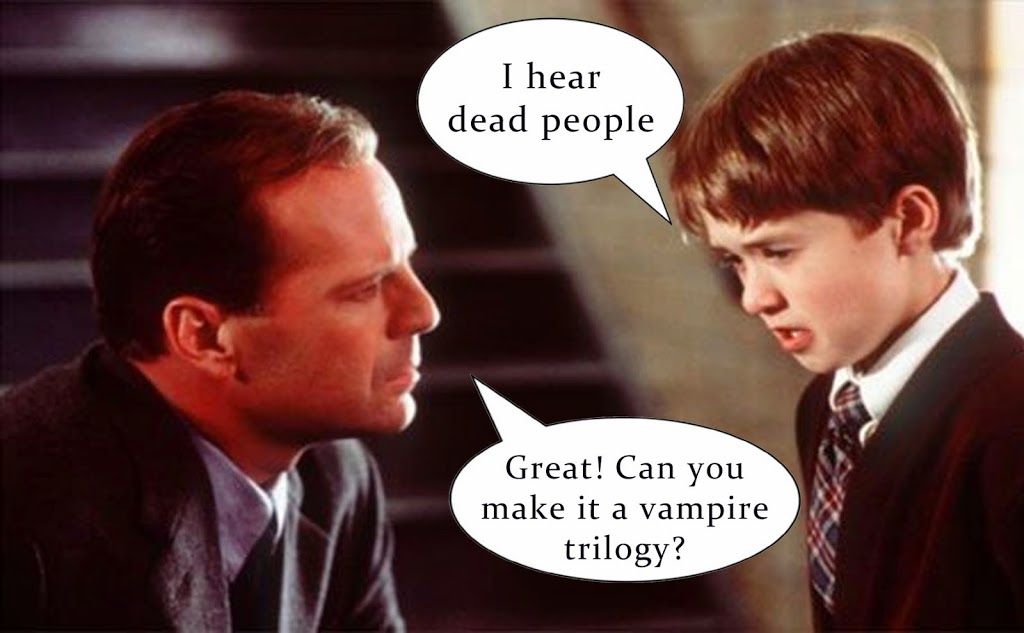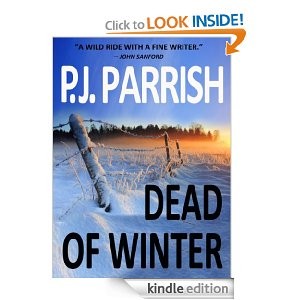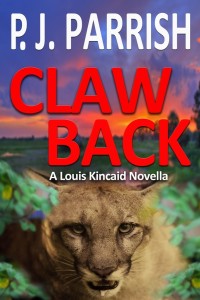“I hear voices in my head, and if I remember correctly, I always did.” — Stephen King
So I’ve got my protagonist Clay Buchanan at a critical point in the story. He’s just done something awful, faced his “mirror moment” as James Bell calls it. And now he’s sitting in a dive bar, two sheets to the wind, thinking about what has brought him to this crisis.
My fingers are poised over the keys, waiting…
Waiting for him to tell me what is on his mind.
((((Silence))))
Clay? You there, buddy?
(((Cickets)))
Dude, I really need you to talk to me.
(((Goin’ dark)))
Oh man, is there anything worse than characters who won’t talk to you? It doesn’t often happen to me but when it does, it brings my writing momentum to a screeching halt. It is something I can’t just “write through” and hope I can go back and fix it later. Because when a character refuses to reveal himself to me, refuses to let me inside to hear his thoughts, I lose the heartbeat of my story.
Most writers, I think, hear voices in their heads. Yes, we visualize our stories, seeing the action unreeling in our heads like movies. But we also hear the speech and thoughts of our characters, as if we are mere conduits for voices that seem to have lives of their own. Writing is, after all, just “a socially acceptable form of schizophrenia,” according to E.L. Doctorow.
Hearing voices is on my mind of late not just because of my recalcitrant character Clay. But also because I read about a fascinating project called Hearing The Voice. As part of medical project on auditory hallucinations at Durham University in the UK, researchers are surveying novelists about how they experience their character’s voices. They’ve gathered info from more than 100 authors, including Hilary Mantel, Virginia Woolf and Charles Dickens.
And here you thought you were the only “loony” one.
The questions are intriguing: What does inner voice actually “sound” like? What is like to hear your characters or subjects out loud? What do writers do when they can no longer “tune in” to their inner voice? (Hello? Anyone want to interview me?)
Here are some interesting findings:
- Writers tend to “experience their primary and secondary characters differently. They have a sense of “inhabiting the interior life” of their protagonist and of looking out at the world through their eyes. But they report that secondary characters tend to be experienced visually.
- Many writers are unable to “see” the faces of their protagonists. The main character often registers as a blank – or, in one case, pixelated like a censored photograph.
- Writers’ engagement with their inner voice, and the role it plays within the literary-creative process, changes radically over the course of their careers. Early on, they report little separation between their own thoughs and those of characters. Over time, however, writers report that the inner voice becomes more complex, taking on echoes of other voices harvested from life and literature.
“Worked up?” I offered a vaguely contemptuous snort. “I feel like Meursault in The Stranger.”
“Be sure you mention that to the press, or better yet, the jury. I’m sure they’re all great fans of postwar existential French literature.”
“My grandfather would have shot you with one of the dueling pistols I still have,” he said. “But I fear I lack the courage required to defend my honor.”
This is another professor but in the legato rhythm, ripe vocabulary, and fey tone, Cook has conveyed volumes about this man’s background (genteel Southern) and personality (timid cuckold).
Here’s another example, this time from one of my favorite movie scripts:
Crash Davis: After 12 years in the minor leagues, I don’t try out. Besides, uh, I don’t believe in quantum physics when it comes to matters of the heart.
Annie Savoy: What do you believe in, then?
Crash Davis: Well, I believe in the soul, the cock, the pussy, the small of a woman’s back, the hanging curve ball, high fiber, good scotch, that the novels of Susan Sontag are self-indulgent, overrated crap. I believe Lee Harvey Oswald acted alone. I believe there ought to be a constitutional amendment outlawing Astroturf and the designated hitter. I believe in the sweet spot, sex hd xxx soft-core pornography, opening your presents Christmas morning rather than Christmas Eve and I believe in long, slow, deep, soft, wet kisses that last three days. [pauses then winks and walks away]
Annie Savoy: Oh my. Crash…
Nuke LaLoosh: Hey, Annie, what’s all this molecule stuff?
In this exchange, we find out all we need to know about the intellectual level of these two baseball players.
Maybe we should also take a quick look at the mechanics of how we convey character’s voices. Dialogue mechanics are pretty straightforward. But I find some inexperienced writers have trouble with interior monologues. Maybe it’s because dialogue is SHOWING, but to convey a character’s thoughts, you must move into narrative mode, which technically is TELLING. And many writers believe that will slow things down too much. I disagree. A good interior monologue gives the reader a window into a character’s soul. Yes, you can convey what a character is thinking or feeling through speech, facial expressions and movement. But sometimes readers also need to “hear” what is in their heads and hearts. It cements the emotional bond.
Interior monologues can be short or long. Short ones are one- or two-sentence thoughts inserted into an action scene or dialogue. Long interior monologues can go on for paragraphs or pages and because they slow the pace, you have to be careful where you put them.
Another mechanical consideration: Do you use “I thought” or “he thought” or do you simply signpost a thought with italics? I like to use both. Here’s a sample from my WIP, the thoughts of my stubborn character Clay:
YOLO. It was a dumb name for a restaurant, he thought. But then when he glanced at the matches he had snagged from the hostess he saw that it stood for You Only Live Once.
He ordered a Martin Mills bourbon. Hundred bucks a shot, but he wasn’t paying. He took a sip, closing his eyes in pleasure at the caramel taste.
Carpe diem, baby.
Oh God, what have I done?
But never:
I think I’ll have egg salad for lunch.
Alex stared at the back of Buchanan’s head, a spasm of disgust moving through him, like that time that rapist had reached through the bars of the Tallahassee jail and grabbed his arm, grinning and saying he had never touched that little girl. Alex had gotten the man off. Two months later, he quit his public defender job and signed on with a small Orlando firm specializing in corporate law. It wasn’t only for the money. He just wanted to feel clean.
And speaking of my characters, Clay decided about a half-hour ago that he was going to start talking to me again. Originally, I had thought his mirror-moment had left him depressed. Then I thought it had left him angry. Well, I realized it was neither. I was confused about his motivation and well, I wasn’t really listening to him.
Now I can’t shut him up. So if you’ll excuse me, I’m going back to chapter 22 before he decides to clam up again.




